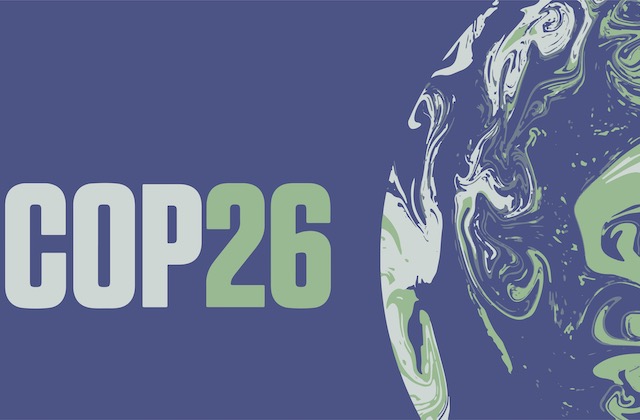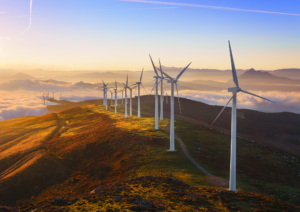The Conference of Parties, or COP, is a coalition brought together by the United Nations (UN) annually to discuss the global challenge of climate change. Since 1995, the COP has met yearly to review the national communications and emission inventories submitted by Parties. It assesses the efforts of measures taken by Parties and progress made in achieving the ultimate objective of the United Nations Framework Convention on Climate Change (UNFCCC). This framework, adopted in 1992 during the “Earth Summit” in Rio de Janeiro, serves as the guidelines for discussions and goal-setting.
This year marked the 26th annual summit of the COP which is currently taking place in Glasgow, chaired by the United Kingdom. Comprising delegates from over 100 nations, such as United States President Joe Biden as well as Canada’s Justin Trudeau, and even India’s Narendra Modi – the goal of COP26 is to align global interest in controlling the runaway issue of climate change. Thought leaders and speakers advocating for climate conservation action such as Sir David Attenborough and Greta Thunberg will also be in attendance.
Many might remember the headlines in 2015 when the COP met six years ago to disappointing results, as former United States President Donald Trump withdrew from discussions and efforts to curb climate change. Many are hopeful that this year, renewed efforts to tackle the issue of eco-sustainability and global warming might see fruitful results.
Goals of COP26
Every year, the COP works towards a set of goals designed to combat the threat of climate change. This year is no different, with COP26 having the following new goals.
Firstly, the coalition aims to secure global net-zero carbon emissions by the middle of the century and keep global warming capped at 1.5 degrees Celsius. Preliminary plans to achieve this include rapidly phasing out coal as an energy source, and encouraging investment in renewable energy. Furthermore, the COP hopes to curtail deforestation and foster biodiversity, while speeding up the switch to electric vehicles and alleviating reliance on traditional fuels.
Next, COP26 aims to work together and encourage communities affected by climate change to protect and restore ecosystems. On a preventive measure, this extends to building a defence, warning systems and resilient infrastructure to avoid loss of homes, livelihoods, and even lives. These measures stem from the notion that the climate will still continue to change even as carbon emissions are reduced. Therefore, it is imperative that communities foster a strong buffer of resistance to protect themselves from the lasting effects of climate change from decades past.
Another goal of COP26, which is financial in nature, is to work together and raise funds, hoping to mobilise at least $100 billion in climate finance per year by 2020. This fiduciary allocation is meant to ensure the first two goals may be tangibly met within the next few decades. The belief is that financial institutions and global systems must play their part towards unleashing the trillions in private and public sector finance required to secure global net-zero emissions.
Retroactively, the final goal of COP26 is to ratify the aforementioned Paris Agreement discussed in 2015 at COP21. Also known as the Paris Rulebook, the objective is to finalise and re-establish guidelines moving forward in order to expedite collaboration between governments, businesses and civil society so that we may deliver on climate goals.
Supporting Youth4Climate 2021
Youth4Climate is a youth-led social alliance that adopts a collective declaration to be presented to ministers prior to COP26. Almost 400 young people aged between 15 and 29 from 186 countries met in Milan from 28 to 30 September 2021 during the Pre-COP26. Prior to that, these youth delegates have worked remotely to represent the voice of the next generation by drafting documents with recommendations across four thematic areas of climate action.
Organised by the Government of Italy in partnership with the UK, the Youth4Climate has developed a manifesto featuring discussions between participants and ministers attending Pre-COP26. This manifesto, presented by Italy at COP26, demonstrates the inclusivity and involvement of the next generation of leaders working hand in hand with COP26. Ultimately, the manifesto consists of four thematic areas – youth driving ambition, sustainable recovery, non-state actors’ engagement, and climate-conscious society. These areas highlight how the leaders of tomorrow can actively participate and have their voices heard in the coming decades as the fight against climate change continues.





